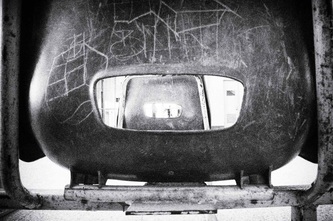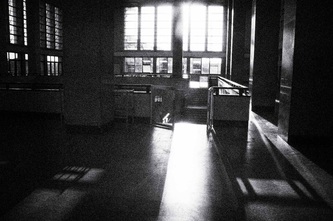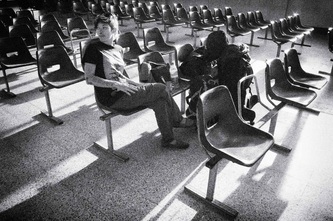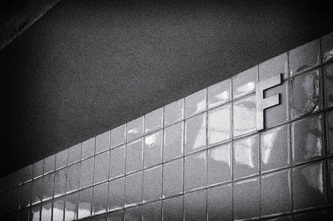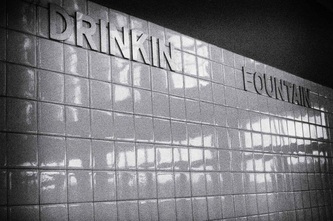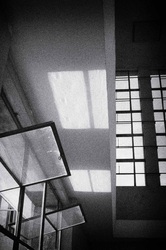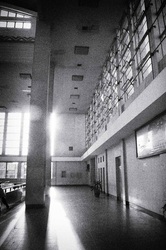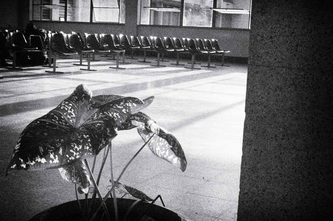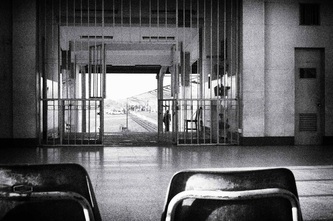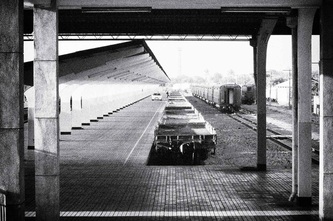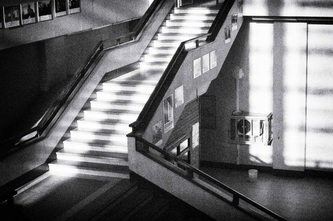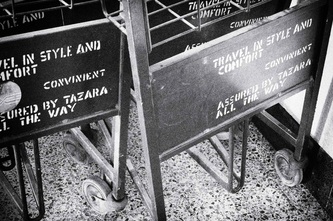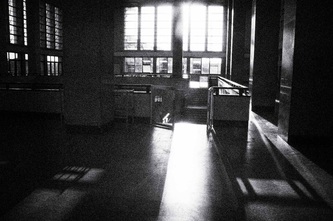The TAZARA Railway (also called the Uhuru Railway or the Tanzam Railway) links the Tanzanian port of Dar es Salaam with the town of Kapiri Mposhi in Zambia's Central Province.
TAZARA was a turnkey project financed and executed by China. Construction began in 1970 and was completed in 1975, two years ahead of schedule. Construction costs were about 500 million USD, making it the largest single foreign-aid project undertaken by China at the time.
The Chinese government sponsored construction of the railway specifically to eliminate Zambia's economic dependence on Rhodesia (now Zimbabwe) and South Africa, both of which were ruled by white-minority governments. Completion of the line provided landlocked Zambia with an alternative route for its copper exports. The friendly relations between Zambia and Tanzania, along with the symbolism of China's involvement in newly decolonized Africa, gave rise to TAZARA's designation as the Great Uhuru Railway, Uhuru being the Swahili word for Freedom.
TAZARA was a turnkey project financed and executed by China. Construction began in 1970 and was completed in 1975, two years ahead of schedule. Construction costs were about 500 million USD, making it the largest single foreign-aid project undertaken by China at the time.
The Chinese government sponsored construction of the railway specifically to eliminate Zambia's economic dependence on Rhodesia (now Zimbabwe) and South Africa, both of which were ruled by white-minority governments. Completion of the line provided landlocked Zambia with an alternative route for its copper exports. The friendly relations between Zambia and Tanzania, along with the symbolism of China's involvement in newly decolonized Africa, gave rise to TAZARA's designation as the Great Uhuru Railway, Uhuru being the Swahili word for Freedom.


